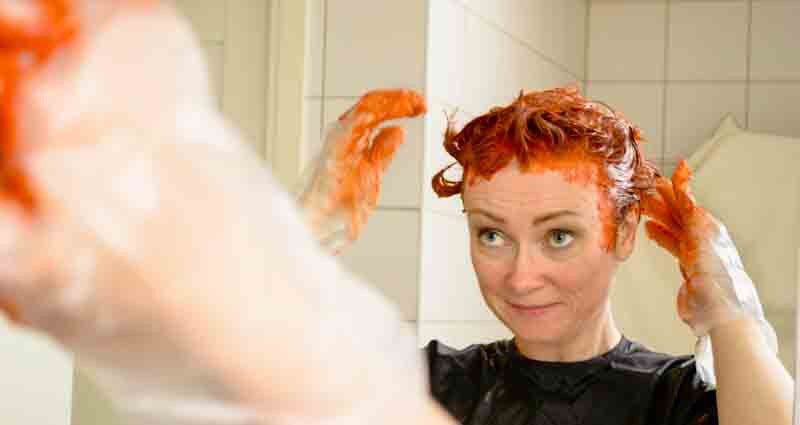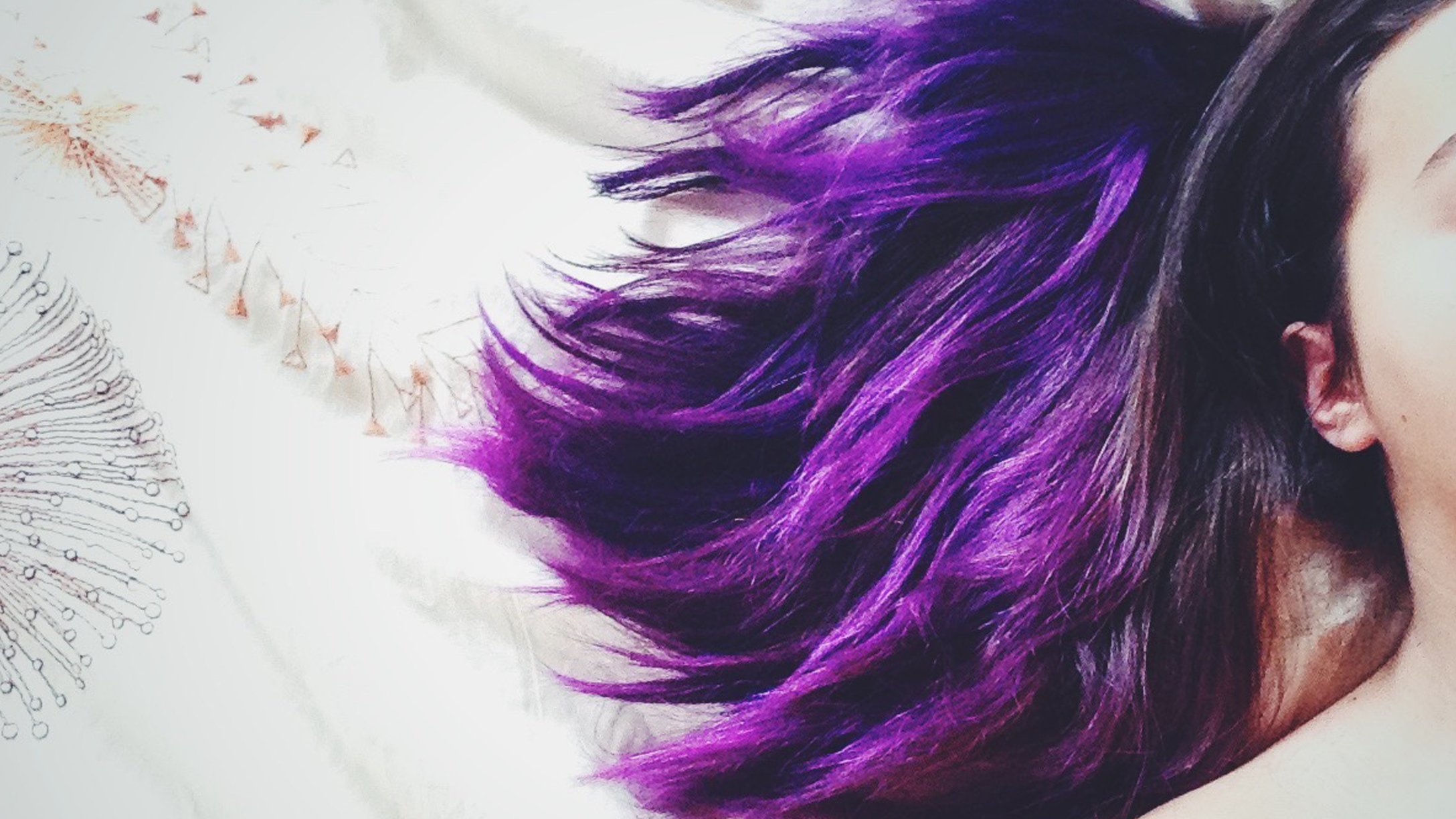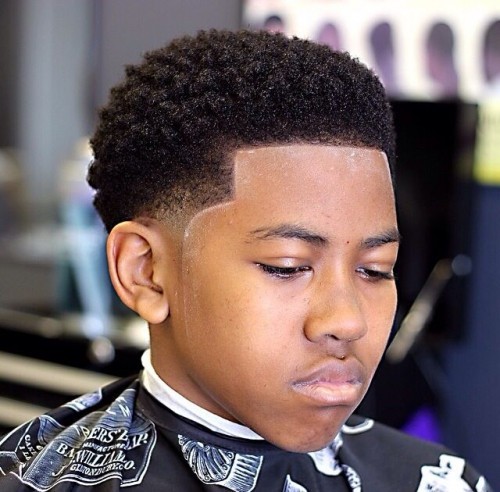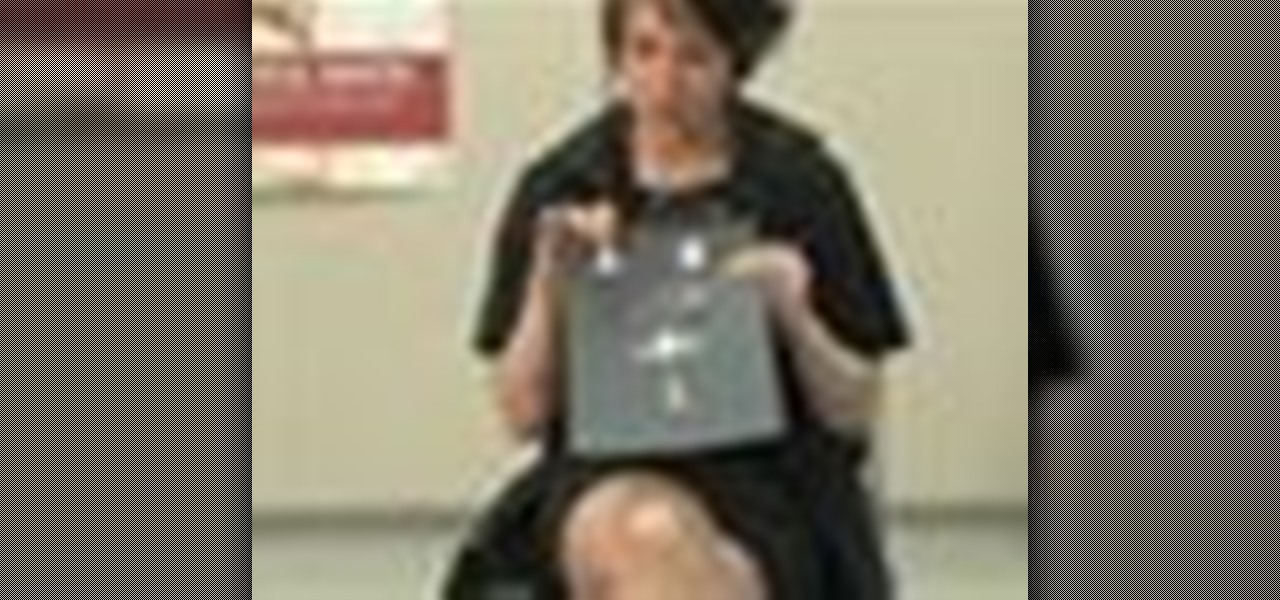Table Of Content

Leave on for 5 to 10 minutes, and then remove with a washcloth soaked in warm water. Most dyes will eventually break down when they come in contact with an oil-based product. Apply a cotton ball/saturated cloth soaked in oil to the stain and wipe it over the area. Pour enough rubbing alcohol over the stain so that it is thoroughly wet. Wait for one minute, then use a folded paper towel to blot the stain.
Why You May Want to Detox Your Scalp
If the dye doesn’t come off after two to three washings, then you should try one of the other effective methods to remove hair dye stains from your skin. Of course, hair dye can be stubborn, so it may take a few rinse-and-repeat cycles to vanish that stain completely with a regular cleanser. However, if you're still seeing no progress after cleansing two or three times, you may need to move on to another tactic. “So many people have been coloring their hair at home, and I’ve actually given out hair color kits and walked some people through the process,” says Ree Drummond’s hair stylist, Amber Southern. “Sometimes you can’t help getting dye on your skin, and when I’m working on clients in the salon, I usually scrub off the color about three different times during the hair dyeing process. However, getting great results using at-home hair dyes without staining your skin can be difficult when doing it yourself.
How to Remove Hair Dye from Skin After It Dries
However, caution is advisable, as rubbing alcohol can be harsh and drying on the skin. While acetone and other nail polish remover ingredients can dry and irritate your skin, these products may safely remove hair dye stains from fingertips and fingernails when used in very small amounts. Baby wipes are designed to be gentle enough to cleanse a baby's skin without irritation, so they are typically safe to use on your face to remove dirt and makeup. Depending on each product's formulation, they may also be effective in removing hair dye stains on your skin. We’ll explain how to safely remove hair dye stains from your skin and share tips to prevent staining your skin the next time you color your hair at home.
Olive oil

Continue to scrub the affected area until you notice the stain disappearing. If some hair dye remains, reapply some petroleum jelly and let it sit on the stain overnight. The best way to prevent scalp buildup is to stop it before it even starts. You can do this by washing and brushing hair regularly, avoiding hair care products that contain harsh ingredients, reducing heat exposure from heat stylers, and covering hair when outdoors. Using hair dye to remove a hair dye stain might seem counterintuitive, but it is extremely effective. Upon application, the hair dye will reactivate the dye on your skin, making it easy to wipe away.
Body Scrub

A scalp scrub can help remove excess oils, dead skin cells, and product buildup that pulls up on the scalp and the hair roots. Products are designed for specific hair types, including dry, oily, sensitive, and color-treated. If your scalp is frequently dry and itchy, you might wonder if a scalp detox might help. Scalp detoxing treatments come in different forms, but most aim to nourish your scalp and remove buildup, including from hair care products, debris, and dead skin cells. Sometimes, when it comes to hair dye stains on the skin, you may need professional help, which is why visiting a hair salon is the best option. While DIY methods can work, depending on the size and intensity of the stain and the area where it's located, going to a professional will ensure the stain is gone and your skin isn't damaged.
Toothpaste
We know this tip may sound counterintuitive, but bear with us; you actually can remove hair dye stains by layering more of the same dye on top. Once you’ve applied the extra dye, take a clean towel and wipe the color off in the direction of your hair, moving away from your face. “You can finish this off with a damp corner of another towel and continue to wipe the color off until it’s completely gone,” Colombini said. Hair color-removing wipes or solutions are game-changers when it comes to battling stubborn dye stains. These products contain ingredients that help break down the dye pigments and gently lift them away from the skin without causing any irritation or discomfort.
When that happens, it can leave a stubborn—if relatively harmless—hair color stain. And although a little dye may not be your favorite thing to look at, the good news is it’s not the end of the world. Well, it's all thanks to its mild abrasive properties and cleansing agents. To use toothpaste for dye removal, start by choosing a non-gel, white toothpaste. The non-gel variety tends to have more abrasive properties that are beneficial for this purpose. Squeeze a small amount of toothpaste onto your fingertips or a soft cloth and massage it onto the stained areas of your skin using small circular motions.
The Best Hair Color Remover Wipes for Messy Spills at Home - STYLECASTER
The Best Hair Color Remover Wipes for Messy Spills at Home.
Posted: Tue, 12 May 2020 07:00:00 GMT [source]
The first step is to get some tissue or a wet cloth and remove any excess; if you’re lucky (and quick enough) the stain will lift right off with just a bit of water. Furthermore, being careful and precise when dying your hair can significantly reduce the chances of the dye reaching your skin. Make sure you apply the dye to your hair in small sections so that you minimize the chances of it coming into contact with your skin. Pay special attention to your hairline, where dye transfer is more likely to occur. Wearing protective clothing, such as an old button-down, can also prevent the dye from staining your skin. If hair dye stains aren’t removed from the skin, they can cause several issues.
Of course, it’s important to use a color-safe formula to avoid stripping the fresh dye from your strands. The L'Oréal Paris Sulfate Free Bond Repair Shampoo with Citric Acid is designed to rebuild weakened hair bonds, maintain your color’s vibrancy and strengthen color-treated hair. Begin with a mild face scrub or chemical exfoliant that you're accustomed to using. Then, apply it as normal, without leaving the exfoliant on for an extra long time or putting in any additional elbow grease. Remember, you don't want to overdo it; getting that dye off won't help much if you've left an angry red patch in its place.
They can be massaged into the scalp once a week or every other week. Scalp serum rinses contain hyaluronic acid, which has calming, hydrating, and anti-inflammatory properties. Hyaluronic acid also has antifungal properties that treat fungi in the scalp. A scalp detox is not a medical treatment, and there is limited research on its benefits.
Anyone who feels any lingering discomfort or pain after using hair dyes or the methods to remove stains should contact their doctor. People can safely use baby oil on the face, although they should avoid getting it in their eyes as it may irritate. When trying to remove hair dye from the skin, check your skincare routine for a chemical exfoliant like a cleanser with salicylic acid or glycolic acid peel pads.
When using hairspray for hair dye removal, it is essential to use it with caution as it won’t be the right solution for every skin type. If you are trying to remove stains from your hands, spray some hairspray into the palms of your hands and vigorously rub the area, then rinse with water. To remove hair color from skin, pour about one teaspoon of liquid laundry detergent into the palm of your hand. Be sure to use a detergent that is free of fragrances and dye and keep it away from your eyes.
Using micellar water or an oil-based cleanser before washing with soap may reduce the number of times you have to wash the affected area. Body scrubs contain exfoliating agents that are designed to remove dead skin cells, making them and an effective hair color remover. Apply a drop of the body scrub onto your skin and gently scrub the area to get the hair dye off. Baking soda is mildly abrasive and extremely effective at removing hair dye. It will help to scrub off dead skin cells that are stained with dye while attracting the dye molecules and lifting them from the skin. Mix two teaspoons baking soda with two teaspoons of liquid dish soap, stirring well to combine.
For something that’s equally hydrating but slightly less rich, look to the Youth To The People Superfood Hand + Body Lotion with Plant Butters instead. This omega-rich hand and body lotion is ultra nourishing while still retaining a lightweight, silky smooth feel. The combination of proteins and fats in the milk help break down the stain, and after five to 10 minutes of having the milk on the area, you will notice just how easily it will come off. Gently rub the milk off with a wet cloth and wash the area with a face or body cleanser. Of course, since milk is safe to put on your skin, you can also repeat this process as needed.













